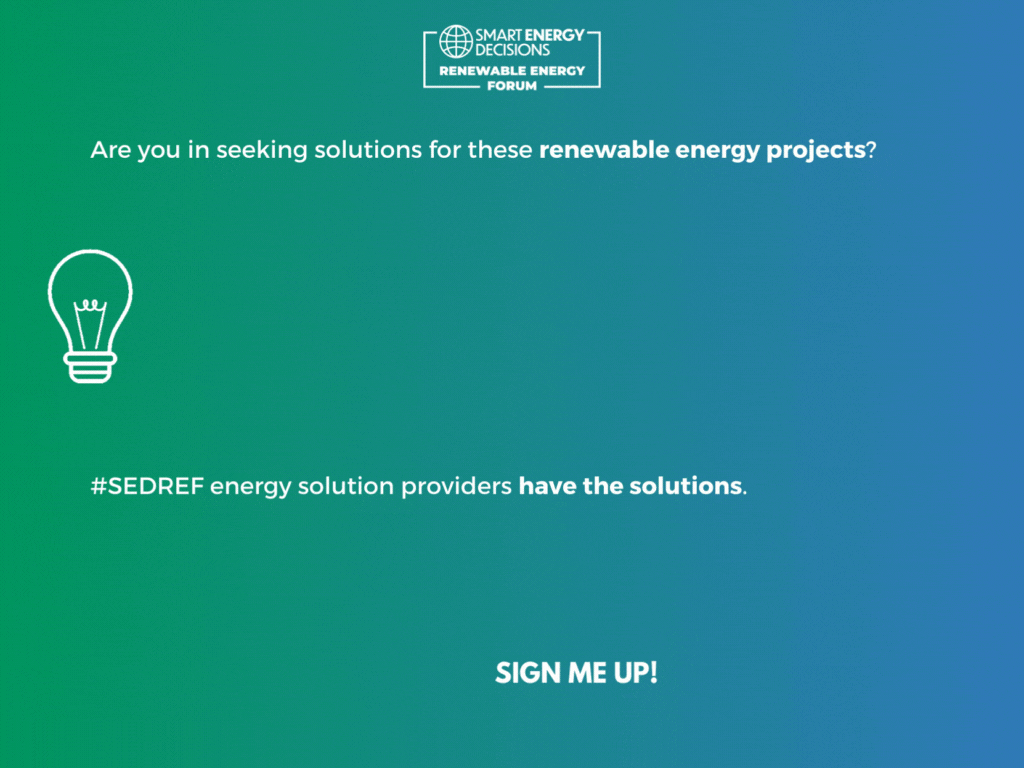GHG Emissions, Sourcing Renewables - February 27, 2021
Weekend reads: Harnessing solar power from space; The US's future in the Paris Agreement
It's the weekend! Kick back and catch up with these must-read articles from around the web.
Texas and California built different power grids, but neither stood up to climate change (Politico) Texas and California may be worlds apart in their politics and climate policies, but they have something in common: Extreme weather crashed their power grids and left people stranded in the dark. The two sprawling, politically potent states have devoted massive sums to their power networks over the past two decades — California to produce huge amounts of wind and solar energy, Texas to create an efficient, go-it-alone electricity market built on gas, coal, nuclear and wind. But neither could keep the lights on in the face of the type of brutal weather that scientists call a taste of a changing climate.
Back in Paris pact, US faces tougher climate steps ahead (AP News) World leaders welcomed the United States’ official return to the Paris climate accord Friday, but politically trickier steps lie just ahead for President Joe Biden, including setting a tough national target in coming months for cutting damaging fossil fuel emissions. And even as Biden noted the country’s first day back in the climate pact, the globe’s dangerous warming was just one of a long list of urgent problems he raised in a video speech to European leaders on Friday, a month into his administration. Before bringing up climate issues, he touched on the global pandemic, sputtering national economies and tense relations with China, among other matters that threaten to impede and delay tackling the nation’s status as the world’s top carbon polluter after China.
How 35 utilities plan to hit net zero (E&E News) New calculations by the electric power industry show it can mount the most ambitious carbon dioxide emissions-cutting plan in U.S. history. While the industry has been reducing its carbon output since 2005, its old plan brought it to net zero somewhere in the 2070s. The new target is 2050, said Arshad Mansoor, the president and CEO of the Electric Power Research Institute (EPRI), explaining that the industry has to decarbonize roughly twice as fast to reach its goal. Hence the name: "Project 2x to 2050." Mansoor, who has a doctorate in electrical engineering, has worked on energy efficiency programs for EPRI since 2007, but only in the past five years has he become convinced that there is a faster low-carbon path. Last century's growth in nuclear energy and then the more recent emergence of solar and wind power suggested there might be one.
How Much Solar Energy is Consumed Per Capita? (1965-2019) (Visual Capitalist) The long history of solar energy use dates as far back as 4,000 B.C.—when ancient civilizations would use solar architecture to design dwellings that would use more of the sun’s warmth in the winter, while reducing excess heat in the summer. But despite its long history, we’ve only recently started to rely on solar energy as a renewable power source. This Our World in Data visualization pulls data from BP’s Statistical Review of World Energy to highlight how solar energy consumption per capita has grown in countries around the world over 54 years. Solar energy consumption is measured in kilowatt hours (kWh)—and as of the latest estimates, Australia leads the world in terms of highest solar energy consumption per capita at 1,764 kWh in 2019.
CNN exclusive: A solar panel in space is collecting energy that could one day be beamed to anywhere on Earth (CNN) Scientists working for the Pentagon have successfully tested a solar panel the size of a pizza box in space, designed as a prototype for a future system to send electricity from space back to any point on Earth. The panel -- known as a Photovoltaic Radiofrequency Antenna Module (PRAM) -- was first launched in May 2020, attached to the Pentagon's X-37B unmanned drone, to harness light from the sun to convert to electricity. The drone is looping Earth every 90 minutes. The panel is designed to make best use of the light in space, which doesn't pass through the atmosphere, and so retains the energy of blue waves, making it more powerful than the sunlight that reaches Earth. Blue light diffuses on entry into the atmosphere, which is why the sky appears blue.
Read These Related Articles:
- Weekend Reads: SBTi Staff Revolt; Is Climate Change Rewiring Fish Brains?
- Weekend Reads: Taylor Swift's Carbon Footprint, Cracking Geothermal Energy
- Weekend Reads: Eclipse vs. the Grid; Paris 2024's Carbon Footprint
- Weekend Reads: Good News for Wind; A New Stretch EV Goal
- Weekend Reads: Nuclear Is Having a Moment; All About Carbon Credits
Share this valuable information with your colleagues using the buttons below:
« Back to NewsStay Up-To-Date












